In the fast-paced world of startups and product innovation, launching a Minimum Viable Product (MVP) quickly and efficiently is often the key to validating an idea and securing early traction. But one critical decision stands between a concept and its execution: Which platform should you use to build your MVP?
Two standout options, CodeIgniter and Webflow, cater to different types of teams and development approaches. CodeIgniter is a lightweight PHP framework ideal for custom backend solutions, while Webflow is a visual, low-code website builder tailored for rapid front-end development.
In this detailed comparison, we’ll analyze CodeIgniter vs Webflow for MVP, helping startup founders, product managers, and developers choose the best framework for MVP startups based on speed, scalability, ease of use, and technical control.
CodeIgniter: A Lightweight PHP Framework for Custom MVPs
Overview and Key Features
CodeIgniter is a powerful open-source PHP framework tailored for developers who want complete control over their web applications while maintaining speed and simplicity. Designed with a small footprint and minimal configuration requirements, CodeIgniter is ideal for building MVPs that are robust, lightweight, and easy to scale.
Unlike full-stack frameworks that often come with pre-defined conventions and dependencies, CodeIgniter development offers freedom in structuring the application the way you want. Its modular architecture, lean core, and built-in security mechanisms make it an optimal choice for startups aiming to develop functional products quickly without compromising backend capabilities.
- MVC (Model-View-Controller) Architecture: Promotes clean code separation, making large applications easier to maintain and scale.
- Ultra-Lightweight Core: The core system is under 2MB, allowing faster performance and reduced memory consumption.
- Out-of-the-box Security: Features like CSRF protection, XSS filtering, and encrypted sessions are built-in, reducing risk in early-stage MVPs.
- No Composer Requirement: Unlike other frameworks, CodeIgniter doesn’t mandate the use of Composer, which simplifies setup for less complex environments.
- Rich Set of Helpers and Libraries: Includes everything from form validation, file uploading, and email handling to session and cookie management.
- Flexible URL Routing: Offers powerful route configuration for clean, SEO-friendly URLs.
- Error Handling and Logging: Comprehensive tools for debugging and maintaining code quality.
- Cross-Platform Compatibility: Deploys easily on LAMP stacks, cloud hosting, shared hosting, or VPS setups.
Strengths and Limitations for MVPs
Strengths:
- Developer Freedom: Developers can handcraft each layer of the application, tailoring performance, logic, and architecture to the unique needs of the product.
- Cost Efficiency: Because of its lightweight structure and ease of hosting, CodeIgniter keeps server and infrastructure costs low during the MVP phase.
- Speed to Backend MVP: CodeIgniter is extremely fast for building backend-heavy MVPs such as admin panels, APIs, and dashboards.
- Security Built-In: Essential when building MVPs with user authentication, financial data, or confidential workflows.
- Extensible and Modular: Easily integrate third-party libraries or create reusable components across projects.
Limitations:
- Steep Learning Curve for Beginners: Requires solid understanding of PHP and MVC concepts, making it less accessible to non-technical founders.
- Frontend Must Be Built Separately: No drag-and-drop UI or built-in frontend components; requires additional tools (e.g., Bootstrap, Vue, or React).
- Manual DevOps and Hosting Setup: Compared to no-code or SaaS platforms, you’ll need to handle deployment, security, and performance tuning yourself.
Use Cases Where CodeIgniter Excels
- MVPs with backend-intensive functionality, such as dashboards, user management systems, or custom APIs.
- SaaS platforms or internal tools where performance, scalability, and customization are critical from day one.
- Projects that need third-party integrations such as payment gateways (Stripe, PayPal), CRMs, or external APIs.
- Applications that plan to evolve into full-scale products using the same codebase with minimal refactoring.
- Situations where control, speed, and long-term flexibility outweigh the need for visual design tools.
Example Scenario: Tech-Savvy Founders
Consider a startup team of three experienced backend developers aiming to build an MVP for a digital lending platform for small businesses. The product needs secure user logins, custom roles (borrowers, lenders, admins), a dashboard showing loan history, transaction details, and API-based integration with external credit rating systems.
They choose CodeIgniter to:
- Rapidly develop secure authentication and user roles using built-in libraries.
- Create RESTful APIs for future mobile app integration.
- Build custom dashboards using Bootstrap and JavaScript.
- Set up Git-based deployment pipelines and host the app on a VPS using Docker containers.
Within weeks, they deploy a fully functional MVP capable of onboarding early users, testing loan eligibility logic, and capturing performance data. Their choice of CodeIgniter provides full backend flexibility, a secure foundation, and minimal server costs—all of which are vital to their success in securing funding and iterating on product-market fit.
Must Read- CodeIgniter: Understanding the Basics
Webflow: Visual Web Design Meets Low-Code Development
Overview and Key Features
Webflow is a visual website development platform that empowers users to build professional, responsive, and high-converting websites without writing a single line of code.
Combining a powerful CMS, integrated hosting, animation capabilities, and full control over styling, Webflow sits at the intersection of design, development, and marketing. It is particularly ideal for startups seeking to launch MVPs quickly while validating product-market fit and gathering feedback.
Rather than relying on templates or clunky site builders, Webflow development gives full control over the HTML, CSS, and JavaScript output through an intuitive UI. It bridges the gap between design and front-end development—allowing solo founders, designers, and marketing teams to go live without engineers or technical complexity.
- Visual Frontend Builder: Drag-and-drop interface that allows complete control over layout, typography, spacing, and interaction design.
- Responsive Design Engine: Customize breakpoints for desktop, tablet, and mobile to ensure perfect UX across devices.
- Built-in CMS: Create dynamic content types such as blog posts, products, testimonials, directories, or listings—without a backend database.
- Advanced Animations & Interactions: Add hover effects, page transitions, scroll animations, and conditional visibility with no JavaScript.
- Integrated Hosting: High-speed global CDN with automatic backups, free SSL, and 99.99% uptime.
- Clean Code Output: Exports W3C-compliant HTML, CSS, and JavaScript—perfect for headless or hybrid builds.
- SEO Controls: Edit meta tags, alt text, canonical URLs, and structured data directly from the visual editor.
- Embed Custom Code: Easily insert external scripts, widgets, analytics, and third-party tools (e.g., Calendly, Typeform, Hotjar).
Strengths and Limitations for MVPs
Strengths:
- Rapid MVP Launch: Deploy a pixel-perfect landing page or marketing site in a few hours.
- Design-Led Workflows: Empowers non-technical team members to create, test, and iterate on user experience without engineering delays.
- Zero Setup Hosting: No need for cPanel, DNS configuration, or deployment scripts—Webflow handles it all.
- Excellent Prototyping Tool: Perfect for showcasing and validating ideas through functional UI mockups or real content.
- Built-in Form Handling: Collect leads, surveys, and beta signups via integrated forms—no backend logic needed.
Limitations:
- No Native Backend: Cannot create user authentication, dashboards, or database relationships without third-party tools like Firebase, Xano, or Supabase.
- Not Built for Web Apps: Lacks built-in support for sessions, user accounts, logic processing, or API endpoints.
- Vendor Lock-in: Hosting and CMS are tied to Webflow; exporting and self-hosting dynamic functionality is not supported.
- Scaling Costs: While affordable for small sites, CMS plan costs can increase as traffic, collaborators, and data volume grow.
Use Cases Where Webflow Excels
- Landing pages for product pre-launch campaigns
- Marketing websites with CMS-driven blogs or testimonials
- High-fidelity MVP prototypes with no-code animations
- Design portfolio and agency showcase sites
- Lead-gen pages with embedded tools and analytics
- Directory MVPs (e.g., events, job boards) powered by CMS
Example Scenario: Non-Technical Solo Founder
Imagine a solo founder with a background in branding and UI/UX who wants to validate a new business: a curated online marketplace for local handmade goods. Without a technical co-founder or budget for development, she chooses Webflow for the MVP.
She uses the CMS to create dynamic product entries for each item, organizes them into categories, and designs a responsive grid layout using Webflow’s visual builder. She integrates with Memberstack for access control, Airtable for inventory tracking, and Zapier for automating email confirmations. In just 3 days, she publishes the live MVP, collects 100+ signups from a targeted Instagram campaign, and receives early vendor applications.
This Webflow-powered MVP proves user interest, helps validate pricing tiers, and captures testimonials—all without any backend development. Later, she plans to integrate a headless CMS or custom backend as the product scales.
Side-by-Side Comparison Table
| Feature | CodeIgniter | Webflow |
|---|---|---|
| Speed of Development | Medium (requires coding) | High (drag-and-drop, no-code) |
| Learning Curve | Steep (developer knowledge needed) | Low (visual interface) |
| Customization Capabilities | Full backend and frontend control | Limited backend, flexible frontend |
| Design Freedom | Requires frontend frameworks/CSS | Extensive visual design options |
| Performance & Scalability | High (with dev resources) | Medium (limited by integrations) |
| Developer Ecosystem | Strong PHP community | Growing no-code/low-code community |
| Hosting & Maintenance | Manual setup on server/VPS | Fully managed by Webflow |
Recommendation Framework: Which One Should You Choose?
| Team Type | Recommended Tool | Reason |
|---|---|---|
| Solo Founder (Non-tech) | Webflow | No-code, fast design, hosted infrastructure |
| Design-led Product Team | Webflow | Rapid iteration, marketing-ready output |
| Full-stack Dev Team | CodeIgniter | Full backend logic and custom architecture |
| Backend-Focused MVP | CodeIgniter | Control over APIs, DB logic, and routing |
| Prototype for User Feedback | Webflow | Quick visuals, easy testing and surveys |
Final Thoughts: Build What Works, Fast
When it comes to rapid MVP development tools, both CodeIgniter and Webflow have their strengths. Webflow empowers non-technical founders and designers to launch and iterate fast, while CodeIgniter offers the customizability and performance needed for backend-heavy or logic-intensive applications.
Before deciding, assess your:
- Team’s technical skills
- MVP goals and complexity
- Timeline and budget
Ready to Take the First Step?
Experiment with both platforms. Build a quick landing page in Webflow or spin up a lightweight CodeIgniter app. Your MVP journey starts now.
Need expert help? Contact us at 1Solutions for rapid MVP development, technical consulting, and scalable product strategies.















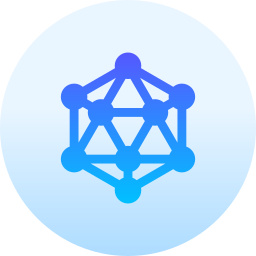
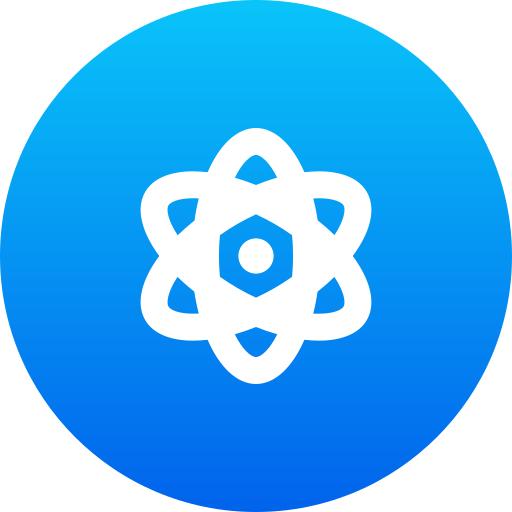



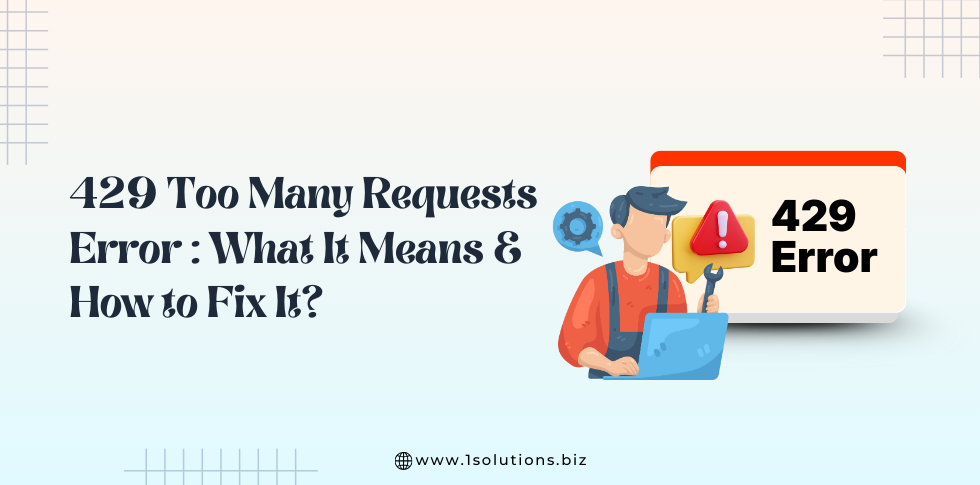
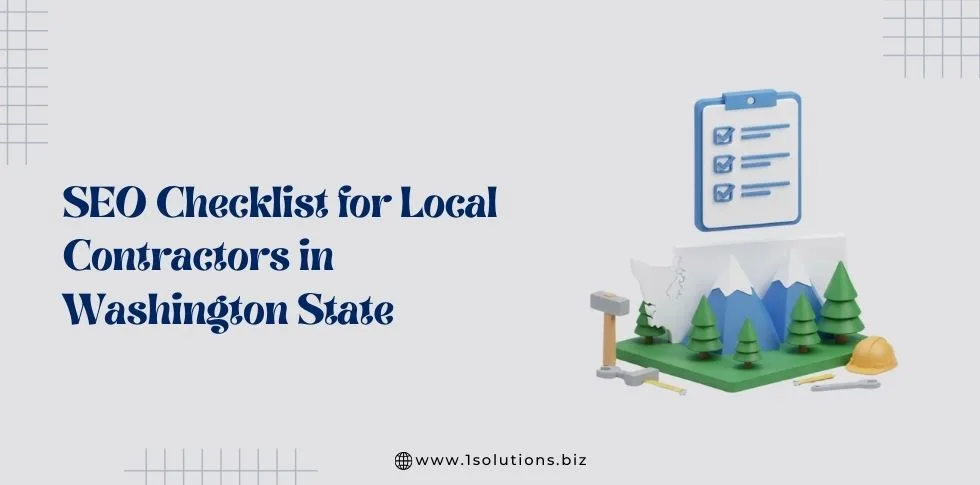
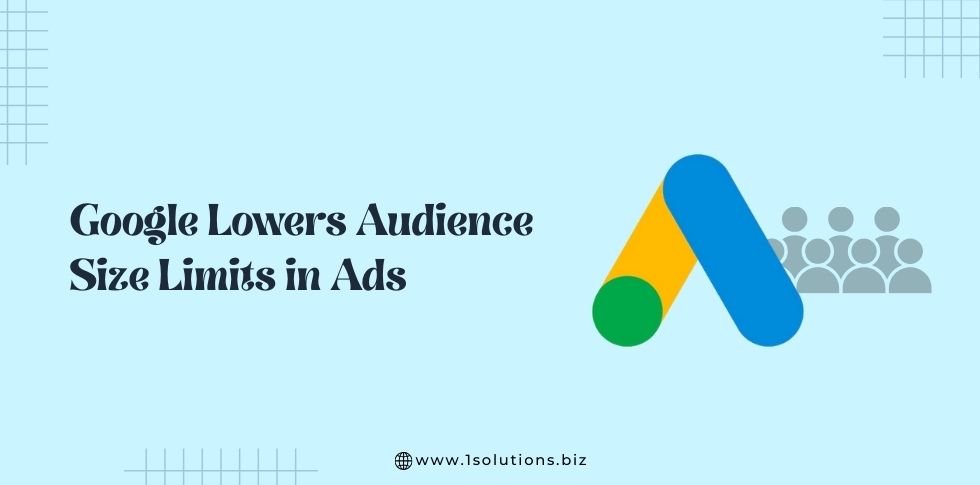

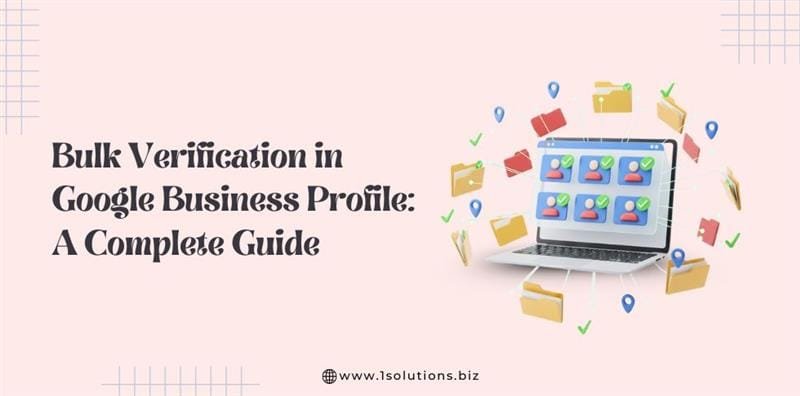
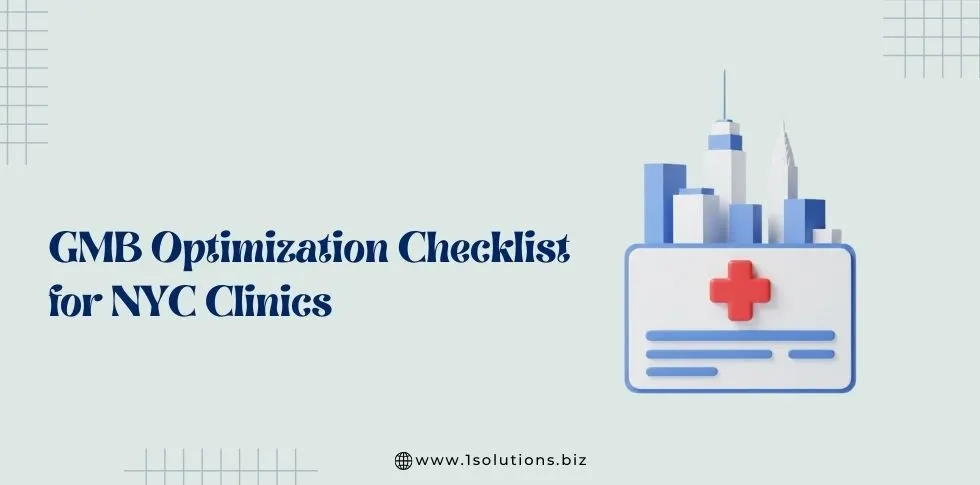
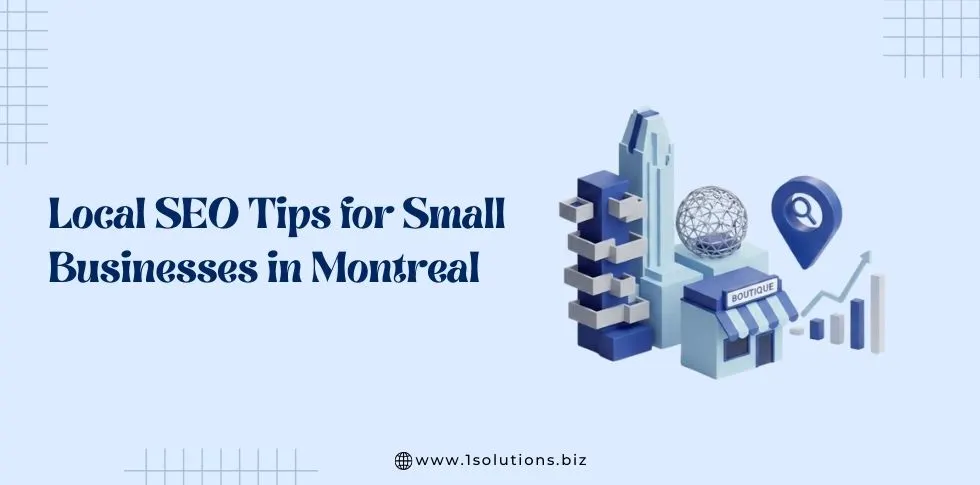
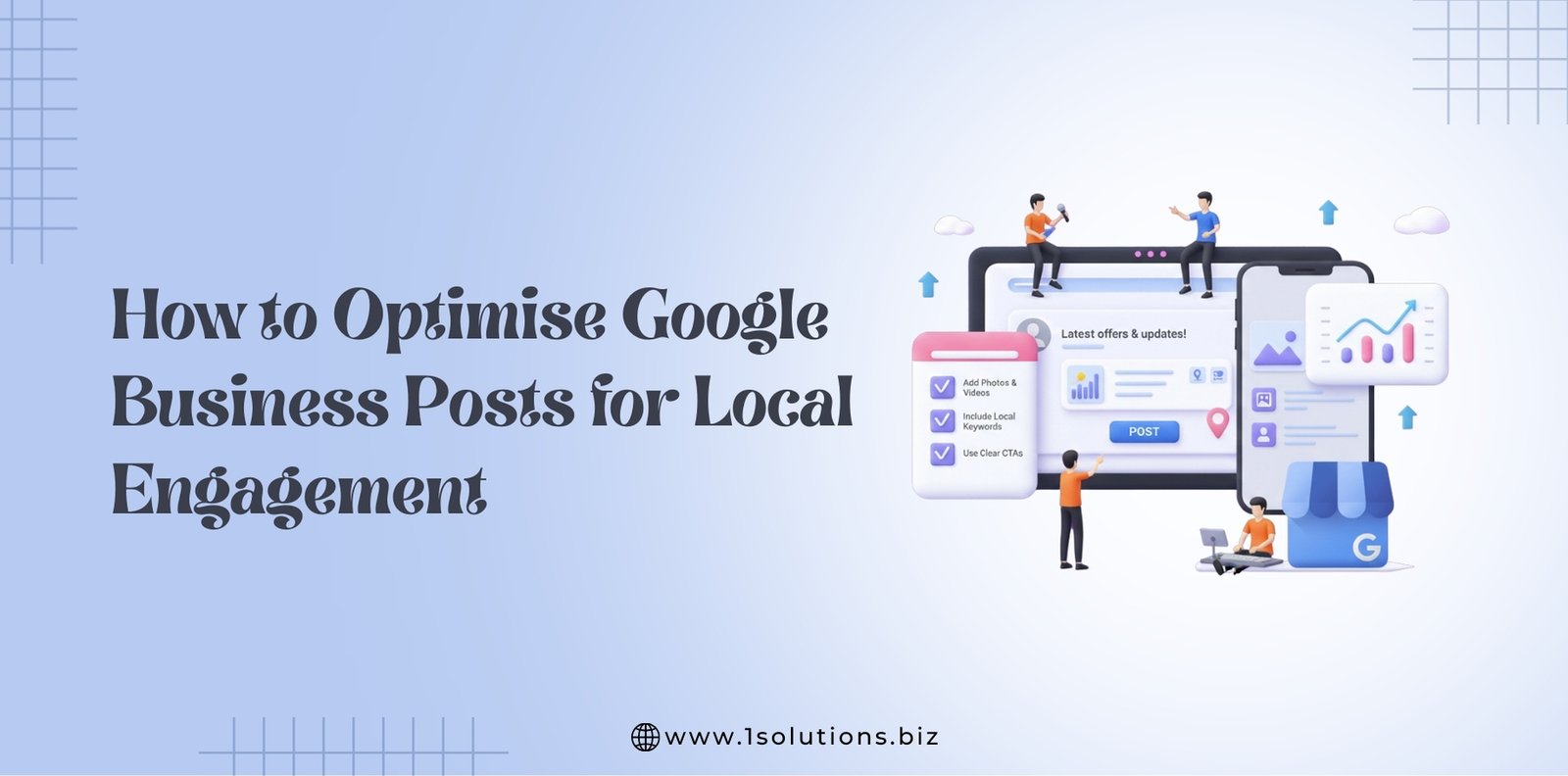




 in India
in India